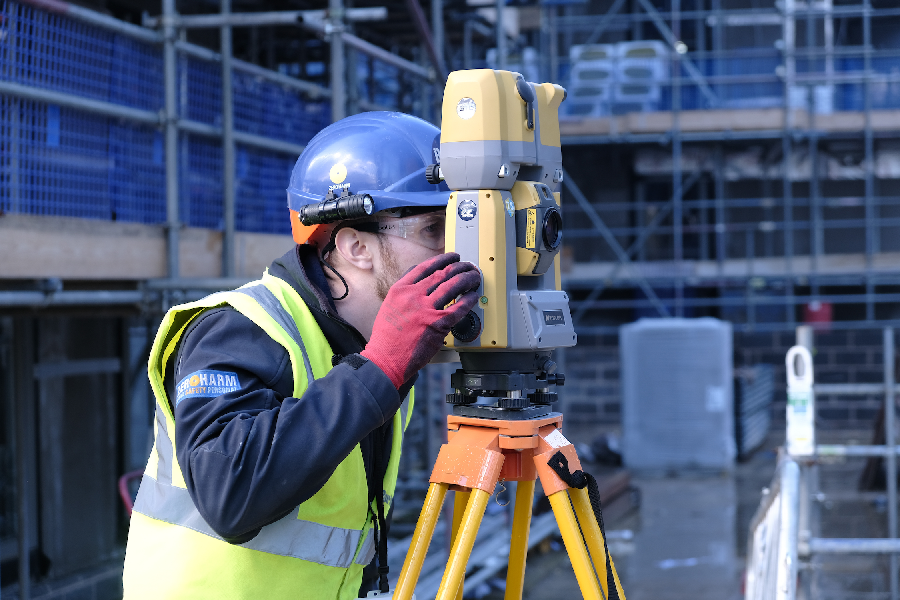What does a PAT Tester Measure?

A PAT tester is a device that is used for portable appliance testing. They are used to test electrical appliances for safety. Health and safety laws require that these tests are carried out regularly to ensure the safety of workers and other people who use the appliances.
Manufactures of electrical appliances also recommend routine testing of equipment to ensure that everything is working well and there are no fire or electrocution hazards at the workplaces. Besides the usual tests done during PAT testing, the exercise also involves inspection of appliances and any of their accessories to confirm that they are in good condition. This means that there should be no naked wires, broken plugs, worn-out cables, and other safety hazards at the workplace.
The frequency of testing required depends on the type of equipment. Electrical appliances are classified in various categories depending on their electrical properties and these categories have different pass/fail limits. There are different types of PAT testers available and companies no longer have to call in professional to do basic tests on their appliances as there are very easy-to-use testers available that can be used by someone with minimal electrical knowledge.
Types of PAT testers
PAT testers are usually distinguished by the tests they can perform. The most common types are simple PAT testers that can be used for testing appliances in-house and do not need to be used by very skilled personnel. These testers can either be mains-powered or battery-powered. They have lights that show whether an appliance passed or failed the test. There is, therefore, not much interpretation to be done. The following are the most common tests they perform:
Earth continuity resistance test Insulation resistance test Polarity test
- Earth continuity resistance test – This is also known as the earth bond test and tests the connection between the appliance’s case and the plug’s earth pin. The lower the resistance the safer the appliance is.
- Insulation resistance test – This test is always done after the earth continuity resistance test. If an appliance fails the earth continuity resistance test, there is no need to proceed to the insulation resistance test. The test checks that the level of resistance of the appliance’s insulation is high enough to ensure the safety of users.
- Polarity test – This test is done to confirm that all conductors are connected in the correct way.
The testers can also check that the appliances’ wiring is done right. Such simple PAT testers are usually much cheaper than the advanced types. One limitation of these testers is that their measurement ranges are usually very small so different testers are needed for appliances of different voltages.
The more advanced PAT testers perform more advanced tests that involve the appliance tested being connected to the mains. These testers provide much more information but they are meant for use by people who are more skilled and trained to perform the tests. This is because the results need a lot of interpretation and only someone who is well-versed in things to do with electrical appliances can do the right interpretation. If a company does not have an in-house electrician, it is advisable for them to hire an external company to perform these tests for them.
In addition to the tests listed above, these PAT testers can also perform the fuse test and earth leakage test among other advanced tests. Another great advantage they have over the basic PAT testers is that they have very wide measurement ranges. Therefore, one tester can be used across a wide range of appliances, from something as basic as a computer to the most powerful equipment used for manufacturing.
More recently, computerised PAT testers have been developed. These testers transfer the test information to a computer via Bluetooth or Wi-Fi. This makes it easy to keep records of the tests performed and their results. There are also some PAT software that can be used for maintaining test records.
Conclusion
Testing appliances for safety is important to ensure that your workplace is safe for your employees and that your business stays up to code. Additionally, if anyone is injured on your business premises due to an electrical fault, you can easily show that you took the necessary measures to ensure that all your electrical appliances are safe and therefore avoid liability for their medical costs and any other attendant costs. It is important to note that testers should also be regularly checked to ensure that they are working well and that the results they produce are reliable. Ensure that you get a calibration certificate to show that the PAT tester you are using was tested.












